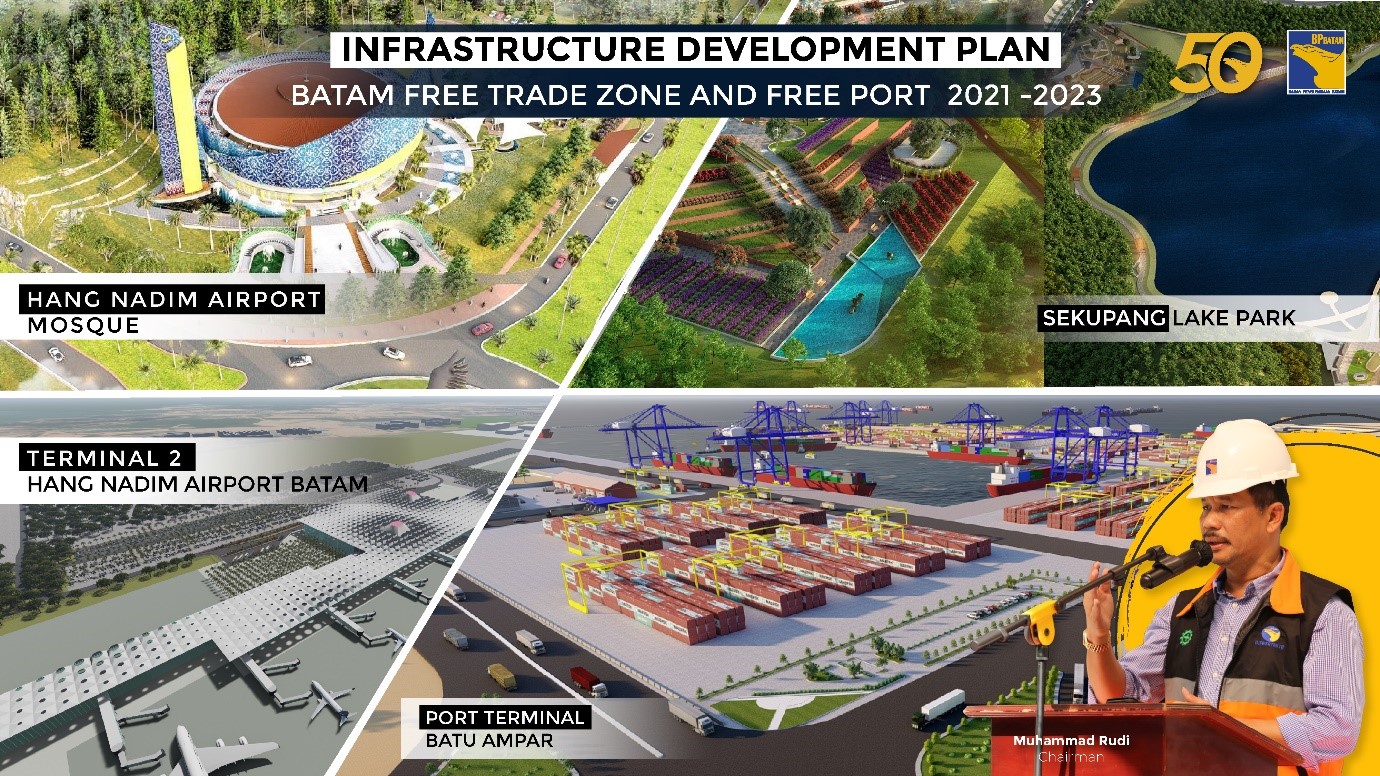Growing into one of the government’s foremost agencies in Indonesia, the Badan Pengusahaan (BP Batam) will celebrate its golden anniversary on Oct. 26.
For the past 50 years, BP Batam has played a crucial role in developing Batam, once a quiet and uninhabited forest, into a growing industrial city that has gained popularity in Indonesia and Southeast Asia.
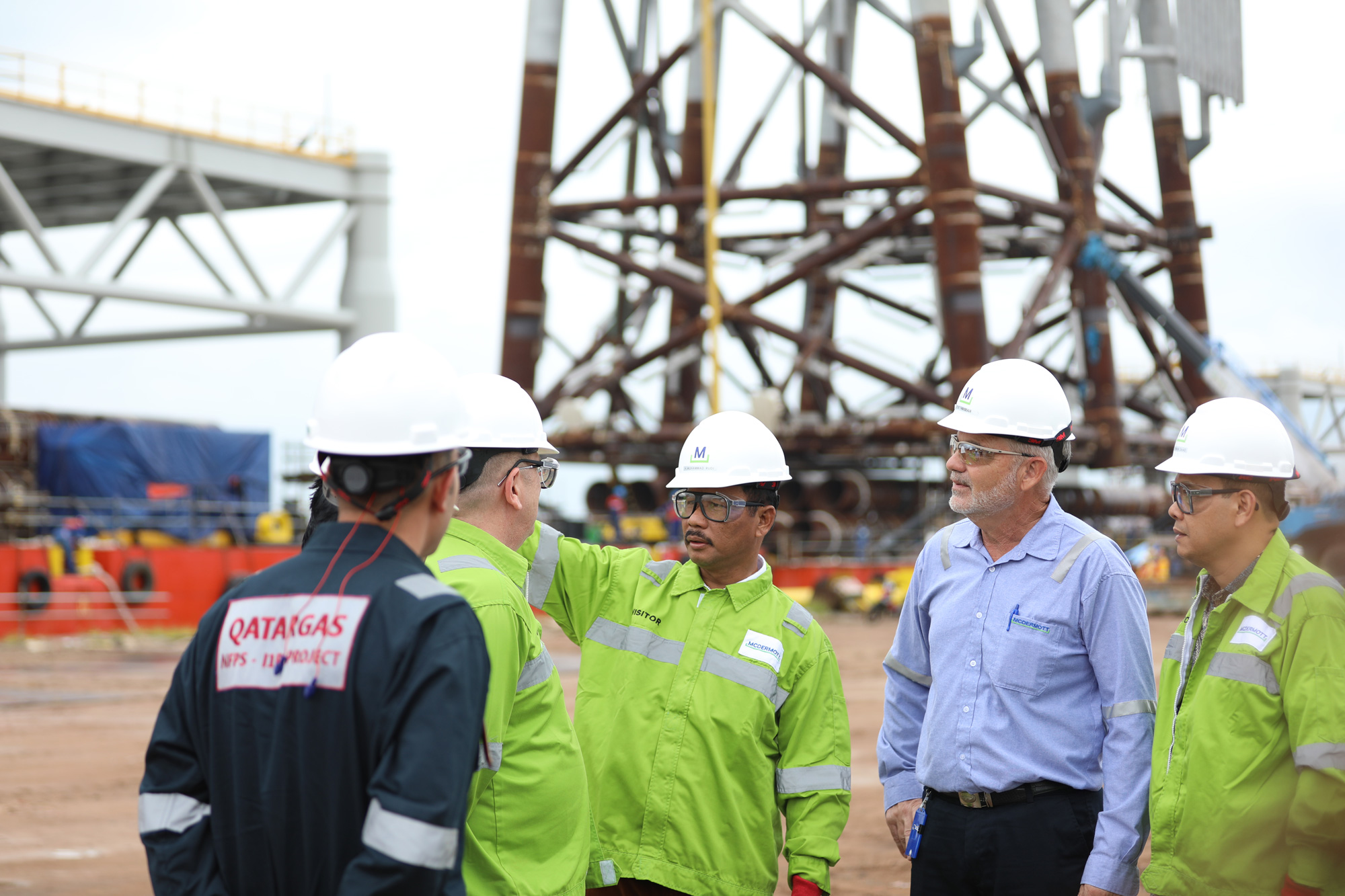
Looking several decades back, written records on Batam Island, and even the origin of the name of Batam, are rare. Only two historical documents mention the name Pulau Batam: VOC Sailing Maps published in 1675, which mention Pulau Batang, and the Anglo-Dutch Treaty of 1824, also known as the Treaty of London, in which the island was registered as “Battam”. However, according to an ancient marine Chinese record, the island has been inhabited since 231 BC when Singapore was still called Pulau Ujung (Pu-Lo-Chung).
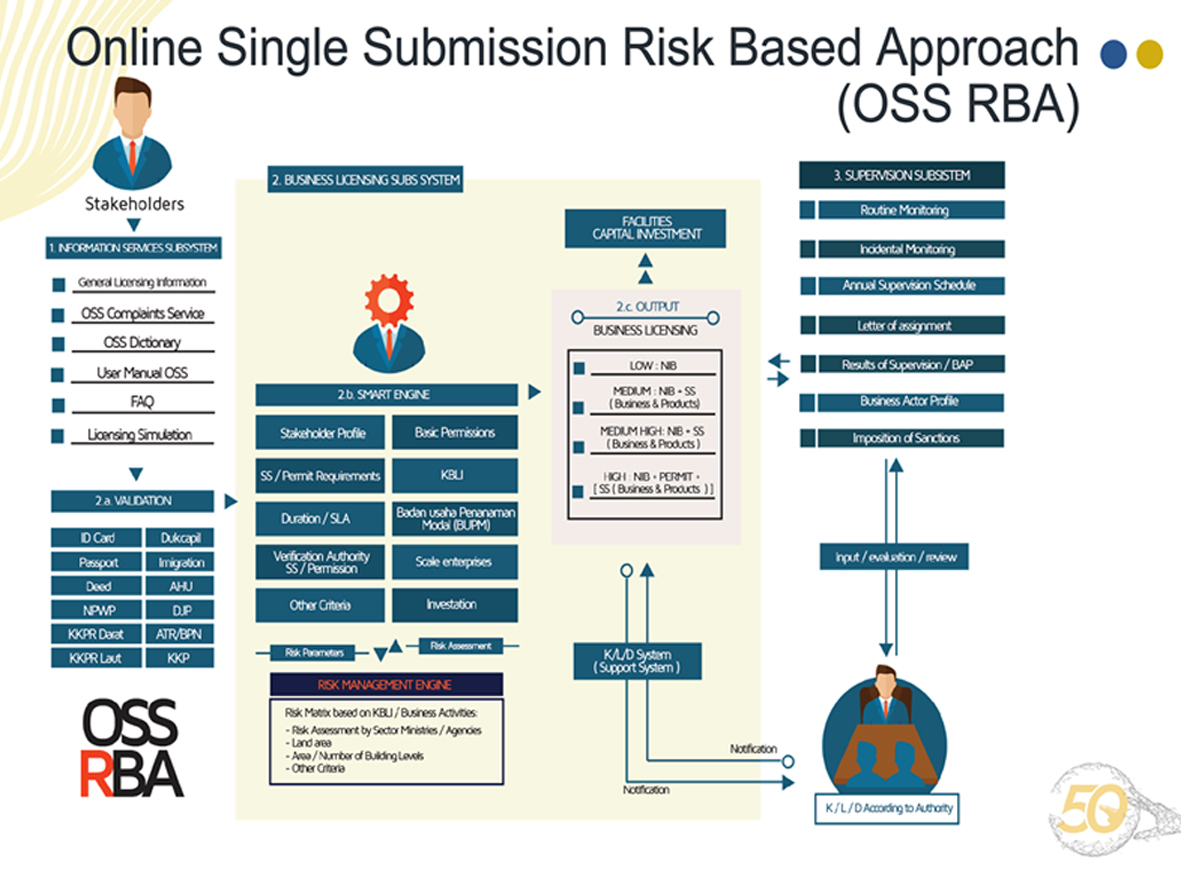
The idea to develop Batam was forwarded by Soeharto prior to his becoming president. When there was a confrontation between Indonesia and Malaysia, he visited Batam to inspect Dwi Komando Rakyat (Dwikora) troops to see their readiness, and noticed Pulau Batam, a region that had a highly strategic location. When Soeharto served as the second president of Indonesia, the development of Batam began.
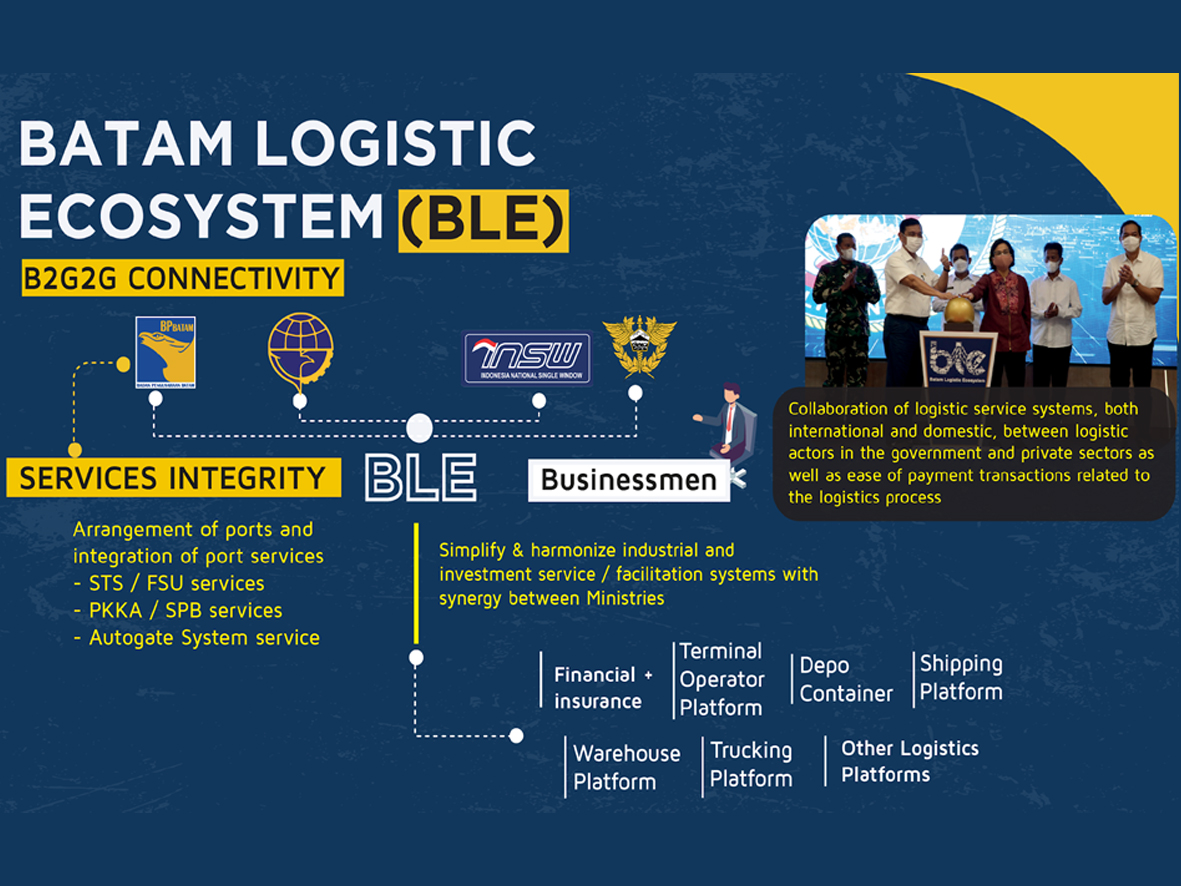
On Oct. 26, 1971, then-president Soeharto issued Presidential Decree No. 74/1971 on the development of Pulau Batam into an industrial area. One of the points in the decree stipulates the formation of the Batam Industrial Development Authority (BIDA). In those days, Ibnu Sutowo was the director of Pertamina and was responsible for developing Pulau Batam, which has led to every Oct. 26 marking the annual celebration of the birthday of Otorita Batam what is now known as BP Batam.
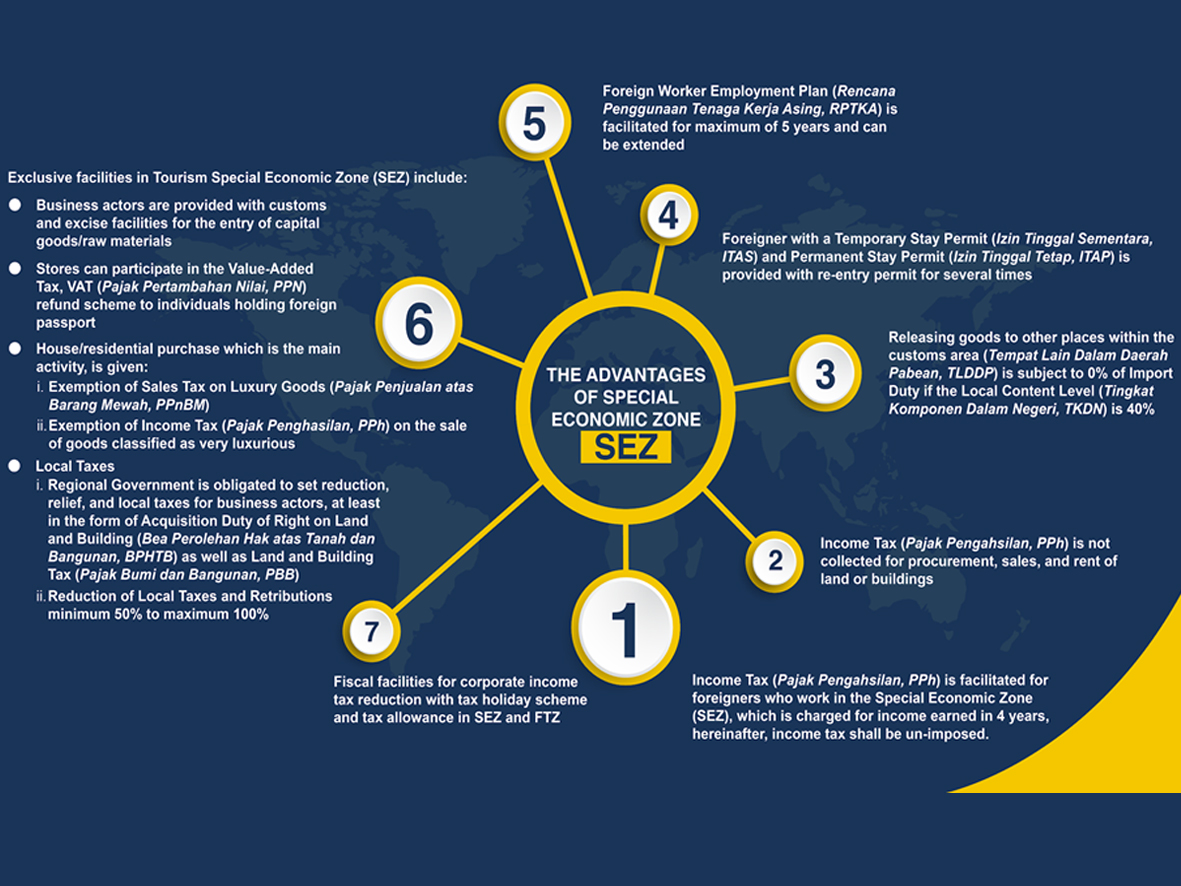
According to Bureau of Statistics of Batam (BPS) data, based on the census in 2020, Batam had a population of 1.2 million, with the proportion of people of productive age (15 to 64) reaching 70.31 percent, which has led to Batam having a demographic bonus.
Shaping Batam as an industrial city under the direction of BJ Habibie, who was appointed by then-president Soeharto, turned out to be a wise decision. This was evidenced by the city’s capability to withstand the monetary crisis that occurred in 1998 and in 2008, which caused global economic woe. Despite the crisis, Batam still recorded economic growth of 3.08 percent in 1998 and 7.18 percent in 2008.
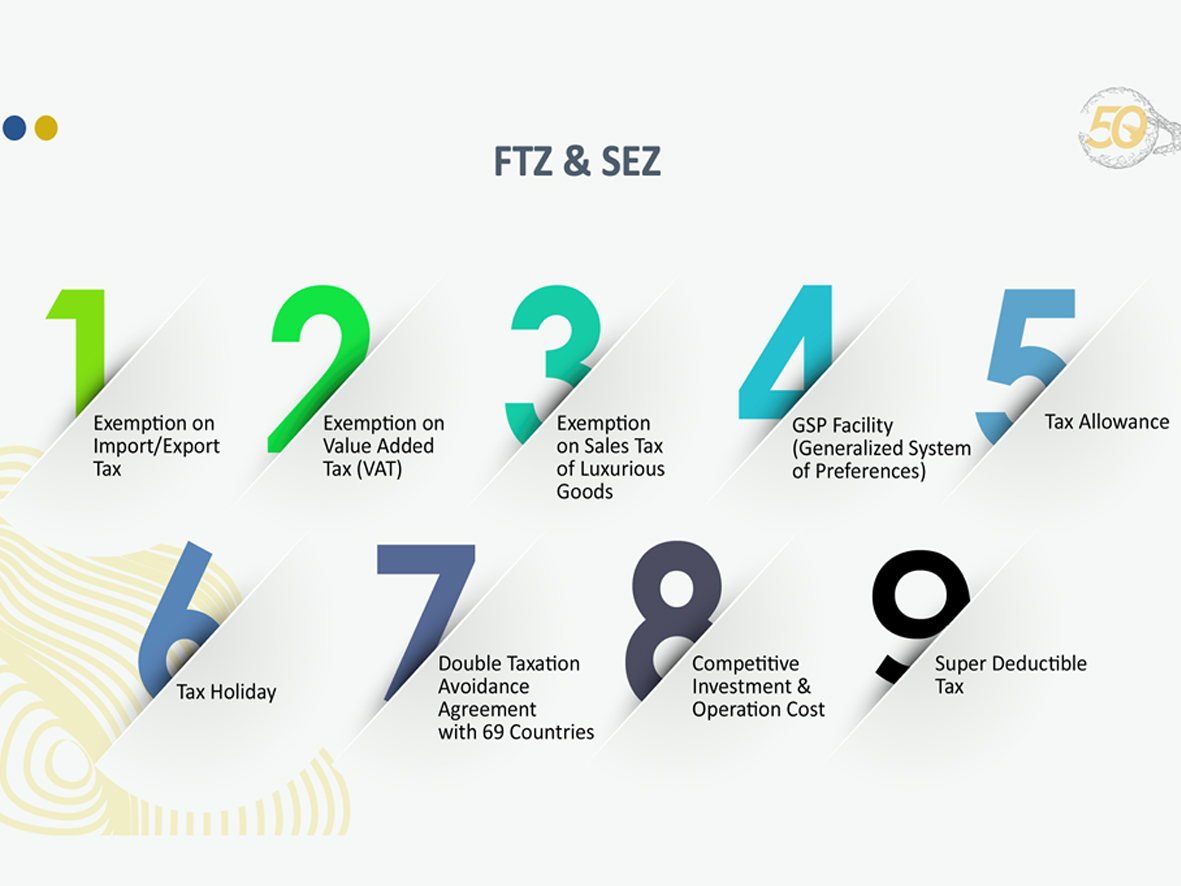
In the past 50 years, Batam has evolved into an attractive and innovative investment destination nationally and in Southeast Asia. Batam has seen significant growth under the leadership of its Chairman of BP Batam Muhammad Rudi, especially in terms of foreign direct investment (FDI).
Investment Coordinating Board (BKPM) data put Batam’s FDI at US$553 million per year, or an average increase of 4.1 percent. Of the FDI figure, about 66.4 percent came from Asia, with Singapore ranking top, followed by Japan, China, Malaysia and South Korea. The majority of investment was made in the industrial sector, mostly in the machine industry, electronics, health devices, electric equipment, engineering and precision manufacturers and optics.
Under the leadership of Muhammad Rudi, BP Batam’s slogan is “Enhancing the Performance of the Free Trade Zone and Free Port with Concrete Work toward a Free Zone with an International Competitive Edge”, primarily focused on facilitating licenses for people and investors, and enhancing investment in Kota Batam by simplifying bureaucratic procedures for business permits, making investment easier.
BP Batam has prepared several big projects to support the development of Batam into a leading industrial park. They include the development of a Special Economic Zone (SEZ), Maintenance, Repair and Overhaul (MRO), the collaboration between Lion Air Group and SEZ for Digital in Nongsa Digital Park.
Special Economic Zones
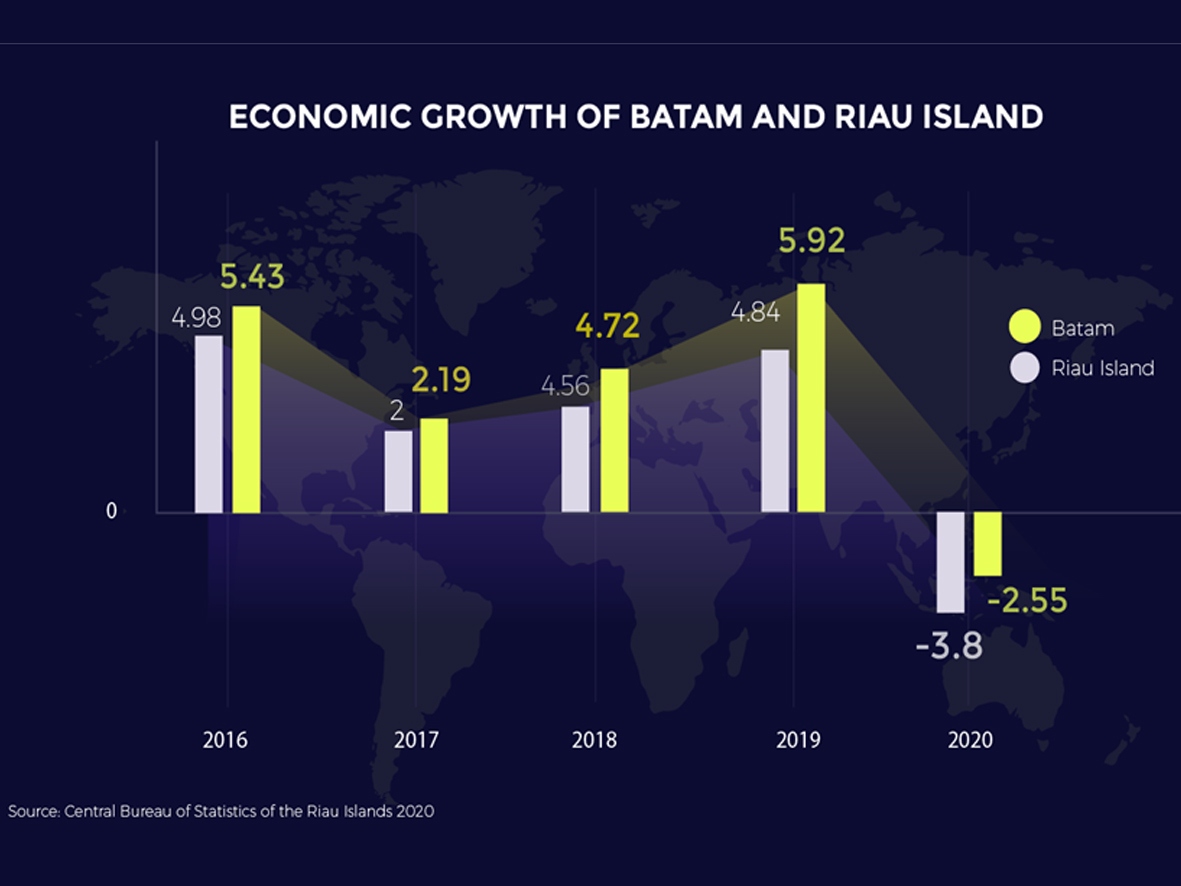
Currently, BP Batam is developing two SEZs. First, Sekupang International Healthcare with the objective of providing access to facilities and health workers of international standard. This way, it is hoped that Indonesian people will not need to go abroad to get healthcare services. Second, Aerocity, located in Hang Nadim Airport park, where a Logistics Hub and Halal Hub will be built to take advantage of the anticipated increase in the traffic of goods, either business-to-business (B2B) or business-to-consumer (B2C), given that Southeast Asia has a population of 677 million, representing a significant market opportunity.
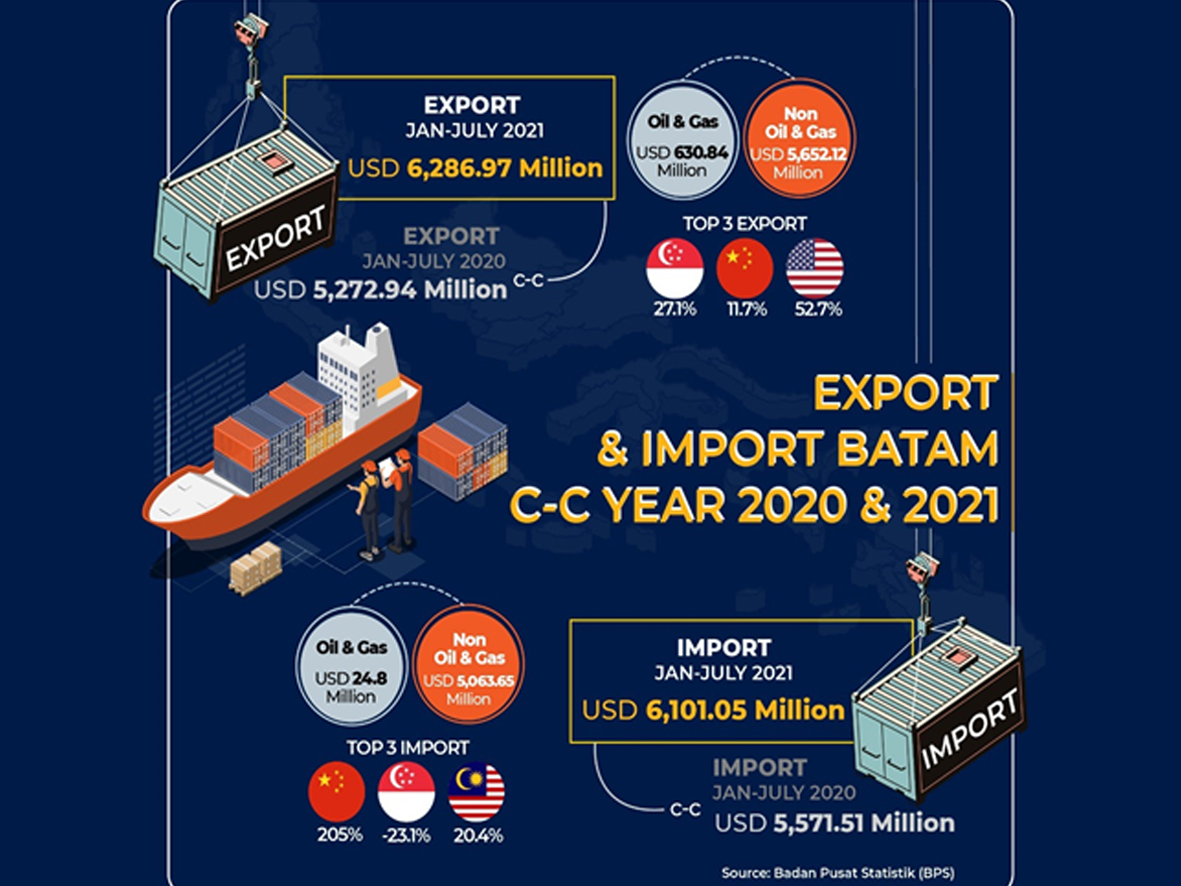
Imports and exports also play a significant role in developing Batam. Recent Statistics Indonesia (BPS) data show that exports increased 18.98 percent and imports increased 30.25 percent in the first half of 2021, with the trade value recording a surplus of $73 million.
The significant growth of imports and exports has shown how well Batam trade has recovered after being affected by the COVID-19 pandemic in the previous year. Batam’s exports to Asia account for nearly 55 percent of the total, with Singapore, Japan and China being three of the five top export destinations.
Looking ahead, BP Batam will always support the growth of the investment ecosystem and industry. Currently, BP Batam is implementing and will implement several economy-supporting projects, including the development of a Logistics Hub and Halal Hub in Hang Nadim Airport, with an area of 130 hectares, and the development of Batu Ampar Port with a capacity of 2 million TEUs, an increase from the previous 450,000 TEUs. The Batu Ampar Port project is expected to be completed in 2023.
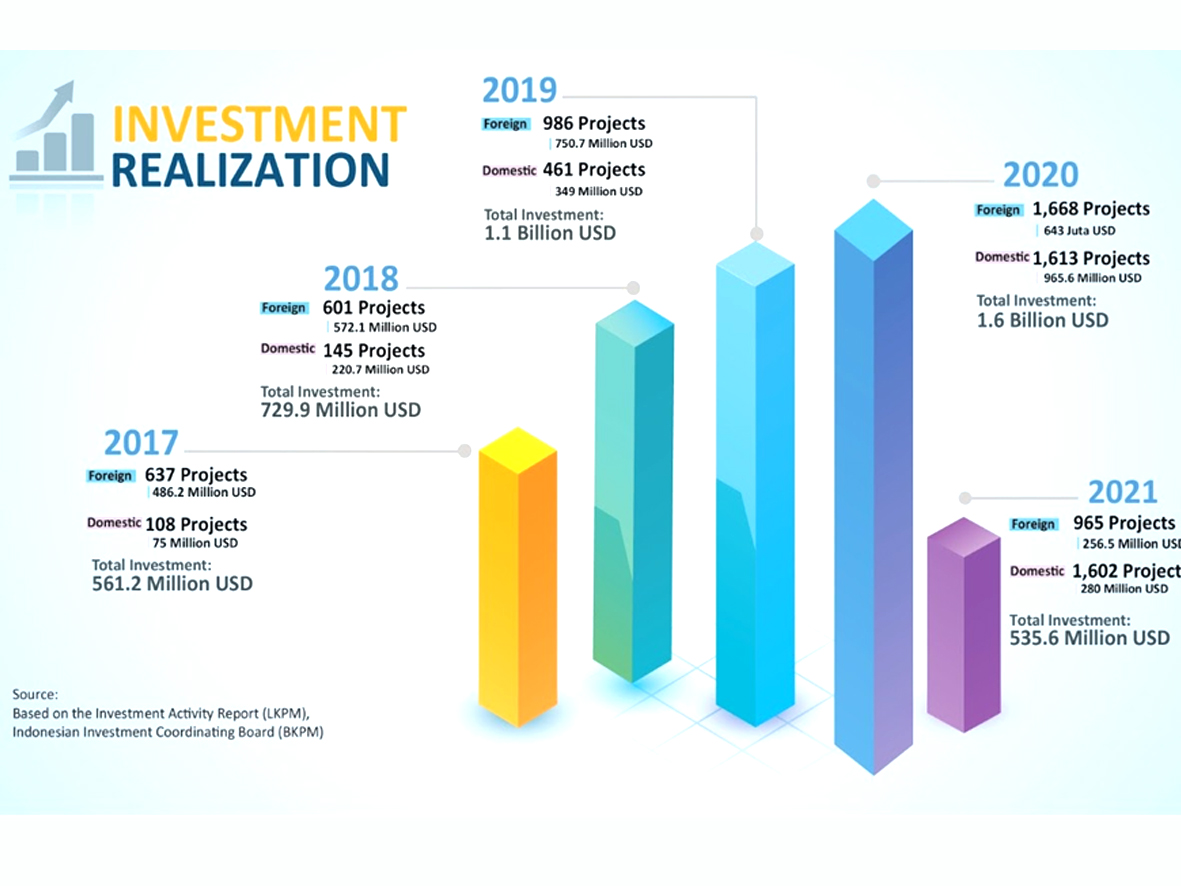
The development of Taman Rusa Sekupang & Taman Kolam Sekupang as recreational facilities for local people will come complete with a Healing Garden, Party Garden, Jogging Track and other facilities. Other projects include the development and the widening of roads and drainage, part of the primary development focuses of BP Batam.
On its 50th anniversary, BP Batam holds an ideal position to continue its innovative development plan, to make contributions to the economic growth for the sake of an advanced and sovereign Indonesia.


